
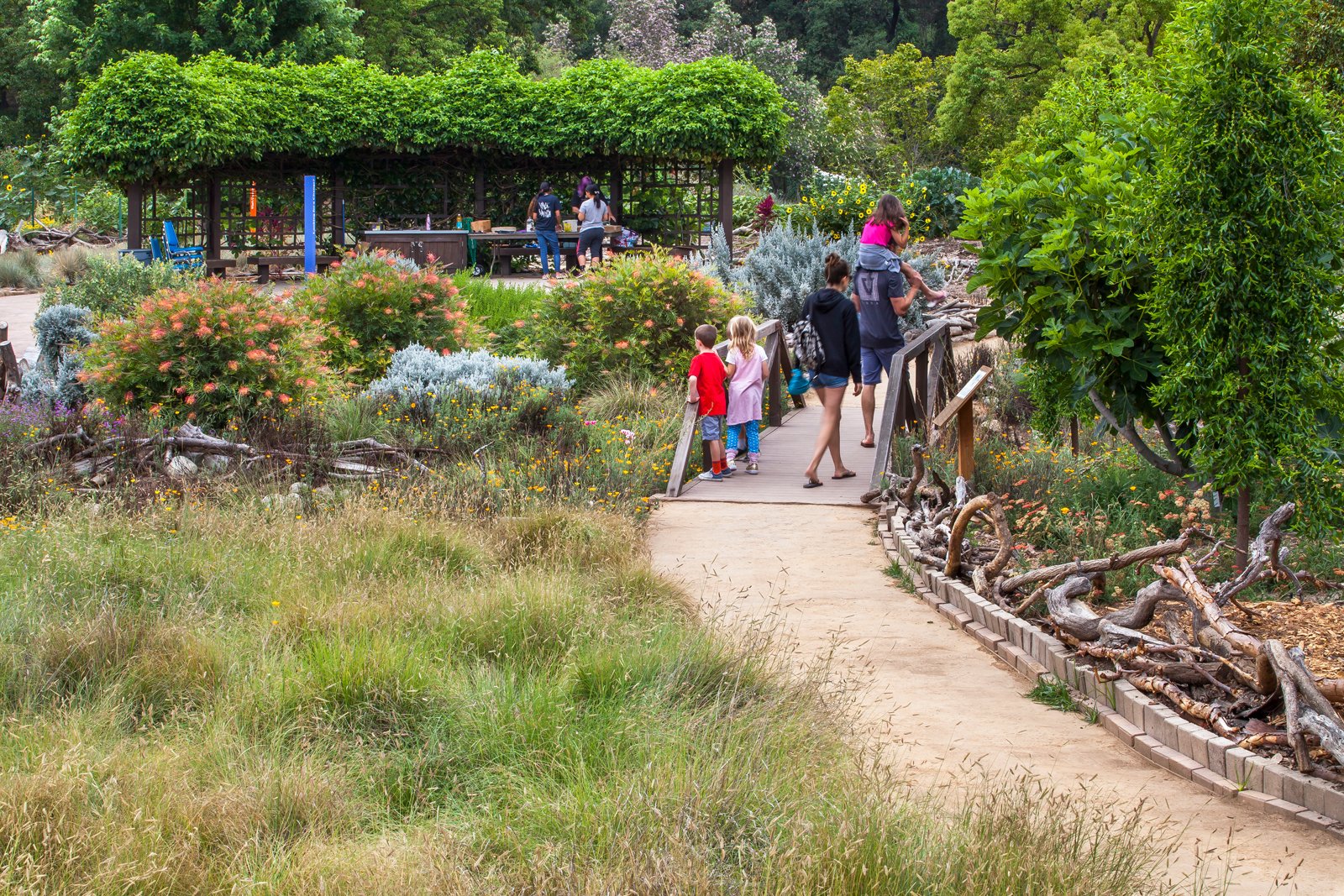
Contributor
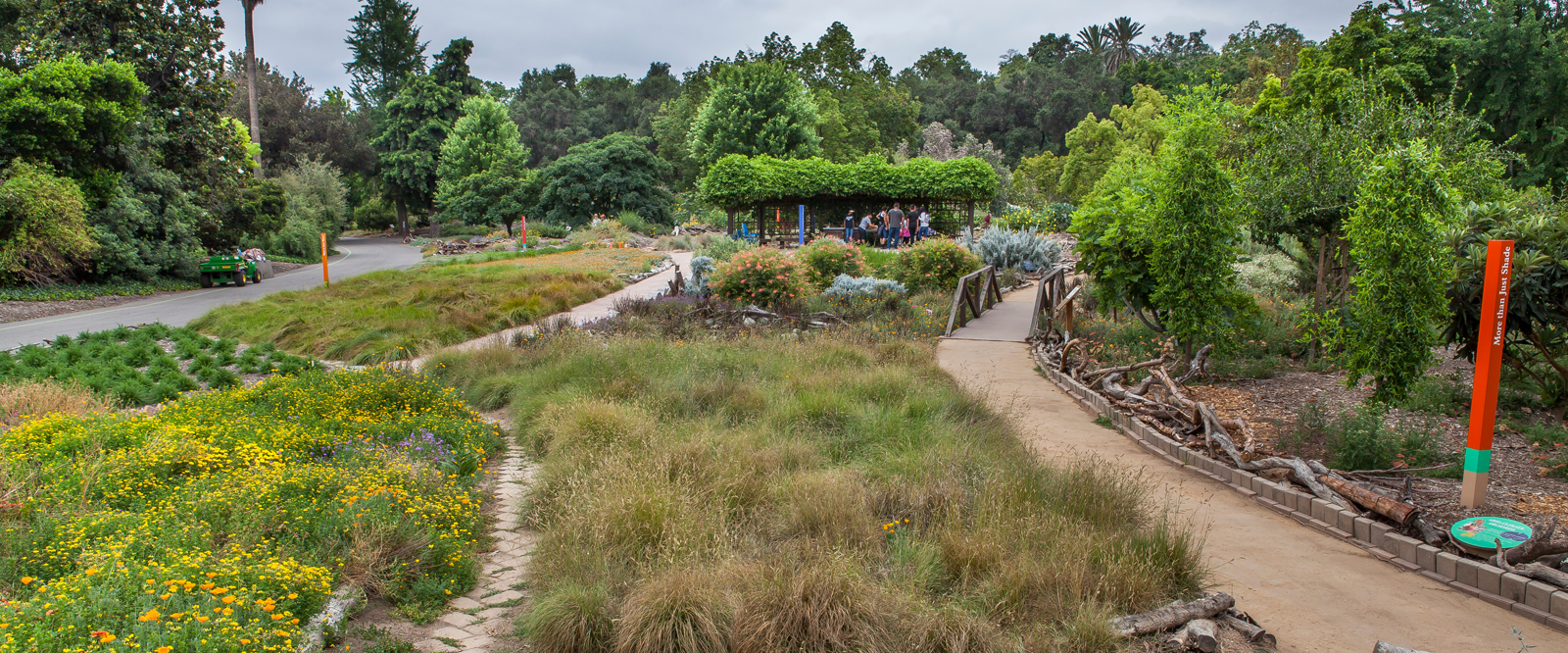
Crescent Farm is a lively expression of a reimagined Southern California landscape designed to nurture plants, water, and wildlife. Replacing nearly an acre of lawn, the garden demonstrates new and ancient water conservation practices that are well suited to the home landscape and inspires a new approach to creating beautiful, bountiful gardens.

“Water is the greatest gift of life, and we want our gardens to honor and celebrate water every day.”
–The Los Angeles County Arboretum
One of the primary goals at Crescent Farm is to demonstrate various ways of using soil to capture water for growing plants and return any excess moisture to the groundwater. Hügelkultur, German for “hill culture,” is an ancient horticultural technique utilizing buried logs and other compostable plant material to construct mounded planting beds. Massive logs felled in a dramatic storm as well as turf that was removed from the 1-acre garden site was used to create a large hügel in the shape of a soft crescent, giving the demonstration garden its name.
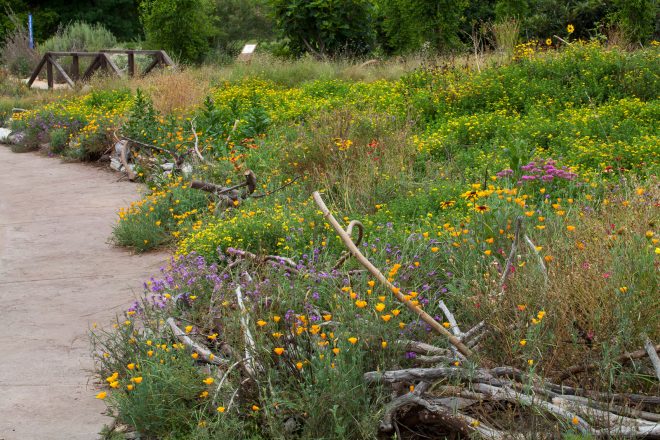
The mounded crescent captures prevailing evening breezes and the temperature differential created by the dense logs buried in the soil forces moisture to condense out of the air. The resulting dew is pulled into the cellulose fiber of the logs through capillary action, in turn providing water to surrounding plantings. Mycorrhizal fungi thriving in the wood aid in the breakdown of the logs and nourish neighboring plants.
Since construction, the height of the original hügel has dropped about 2 1/2 feet and significantly settled. Today the mounded planting hosts a healthy array of native trees, shrubs, and wildflowers that have survived five years of extreme drought without additional water. A newer, smaller hügel at the southern end of the crescent produces multiple crops of tasty vegetables and is currently home to a pomegranate and a table grape.
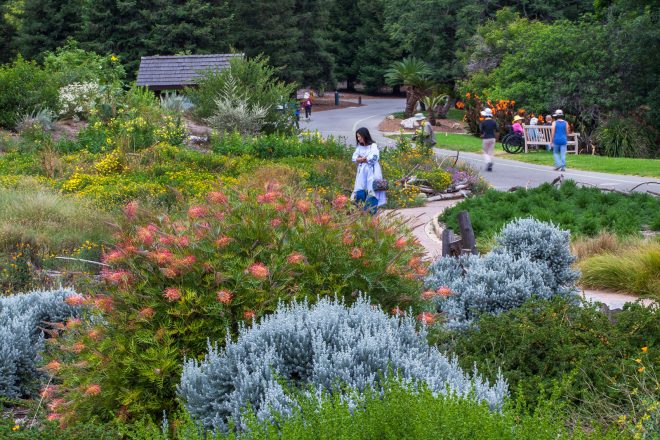
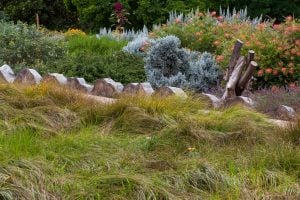
At the heart of Crescent Farm, a mixed summer meadow buzzes with pollinators and invites LA County Arboretum visitors into the thrall of an abundant bloom as they stroll pathways through the demonstration garden. Mimicking the profile of a native hillside, the mounded landscape is covered with thriving native shrubs. Pearly blue Maireana sedifolia surrounds and enhances a complementary, mounding grevillea, while in the background dark green tufts of yarrow contrast with the leisurely sway of clustered field sedge (Carex praegracilis).
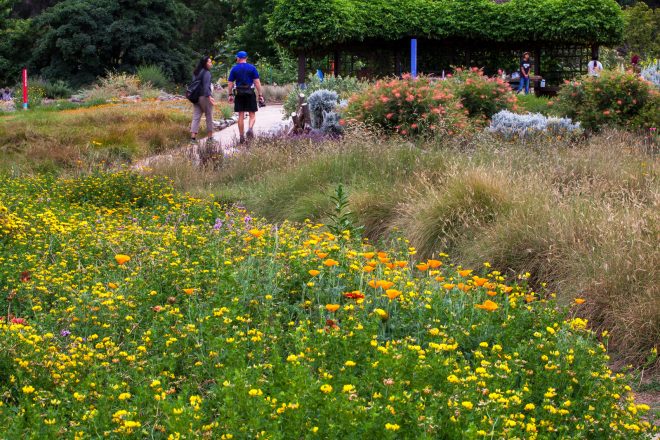
Trees in the new Arid Climate Orchard flourish in the heavily lasagna-mulched soil that retains moisture and is rich with slow-released nutrients. After spending two years getting established on a drip system, today the trees are watered by hand only when necessary. The orchard is thriving and productive and the low water protocol creates flavorful, delicious fruit.
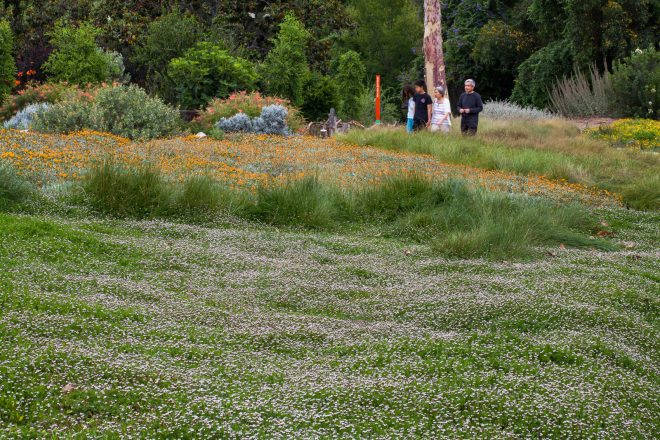
Demonstration plantings provide ideas for low water lawn substitutes in a summer-dry climate. Clustered field sedge (Carex praegracilis) is stunning at times—less so at others. Learning to de-thatch and recreate grassland ecology has inspired conversation and educational opportunities. Needing little care or water, Kurapia sod (Phyla nodiflora) needs minimal care and has been very popular with patrons, pollinators, and caretakers of the garden.
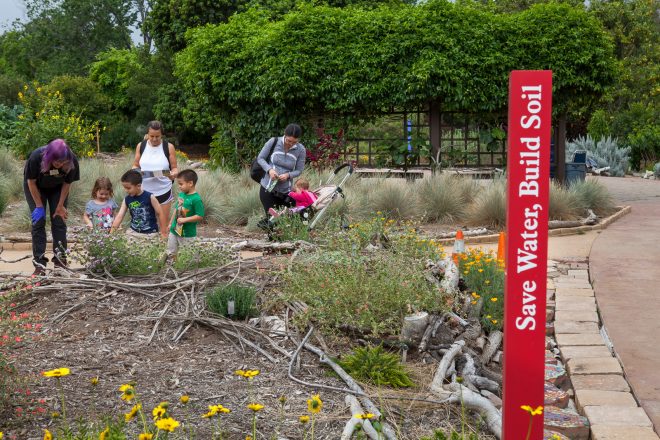
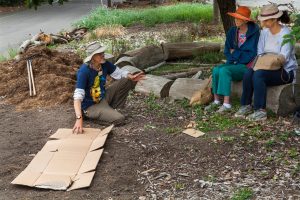
Crescent Farm curators are called “Interpretive Horticulturists,” a title that reflects the interactive nature of the staff. My colleague John Latsko and I are both professional educators with a passion for organic gardening and healthy ecosystems. For us, nurturing a “habitat” garden implies tending a landscape that supports people, pollinators, wildlife, and education. Part of our job as designers and stewards of the Crescent Farm landscape is engaging with learners of all ages and answering questions on a variety of garden-related topics.
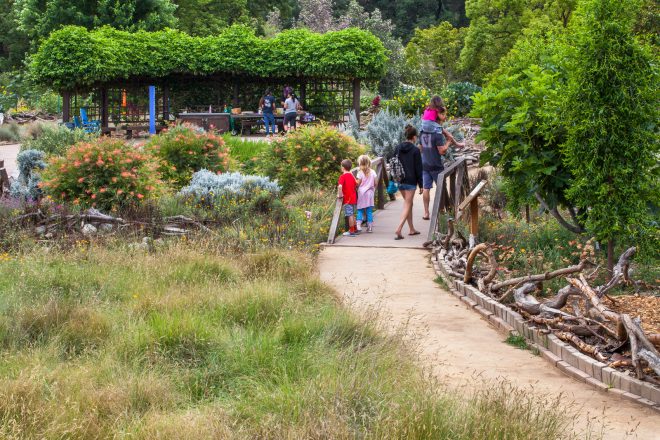

It is especially gratifying to have children who have visited with their schools later return with their parents to expand upon what the child has shared with their family. We also appreciate questions from people about gardens they’re growing at their home or school that have been inspired by Crescent Farm.
Each month Crescent Farm offers classes and workshops that are open to the public and free with admission to the Arboretum. The wide range of topics includes: water optimization, hügel building and lasagna mulching, planting for pollinators, native and non-native flowers and grasses, low water use plants, weaving with garden materials, and creating mosaic elements.
Crescent Farm is a place to gather, experiment, learn, share what we learn, and grow our community…together.
Los Angeles County Arboretum & Botanic Garden
301 North Baldwin Ave, Arcadia, California 91007
www.arboretum.org
Share:
Social Media
Garden Futurist Podcast
Most Popular
Videos
Topics
Related Posts
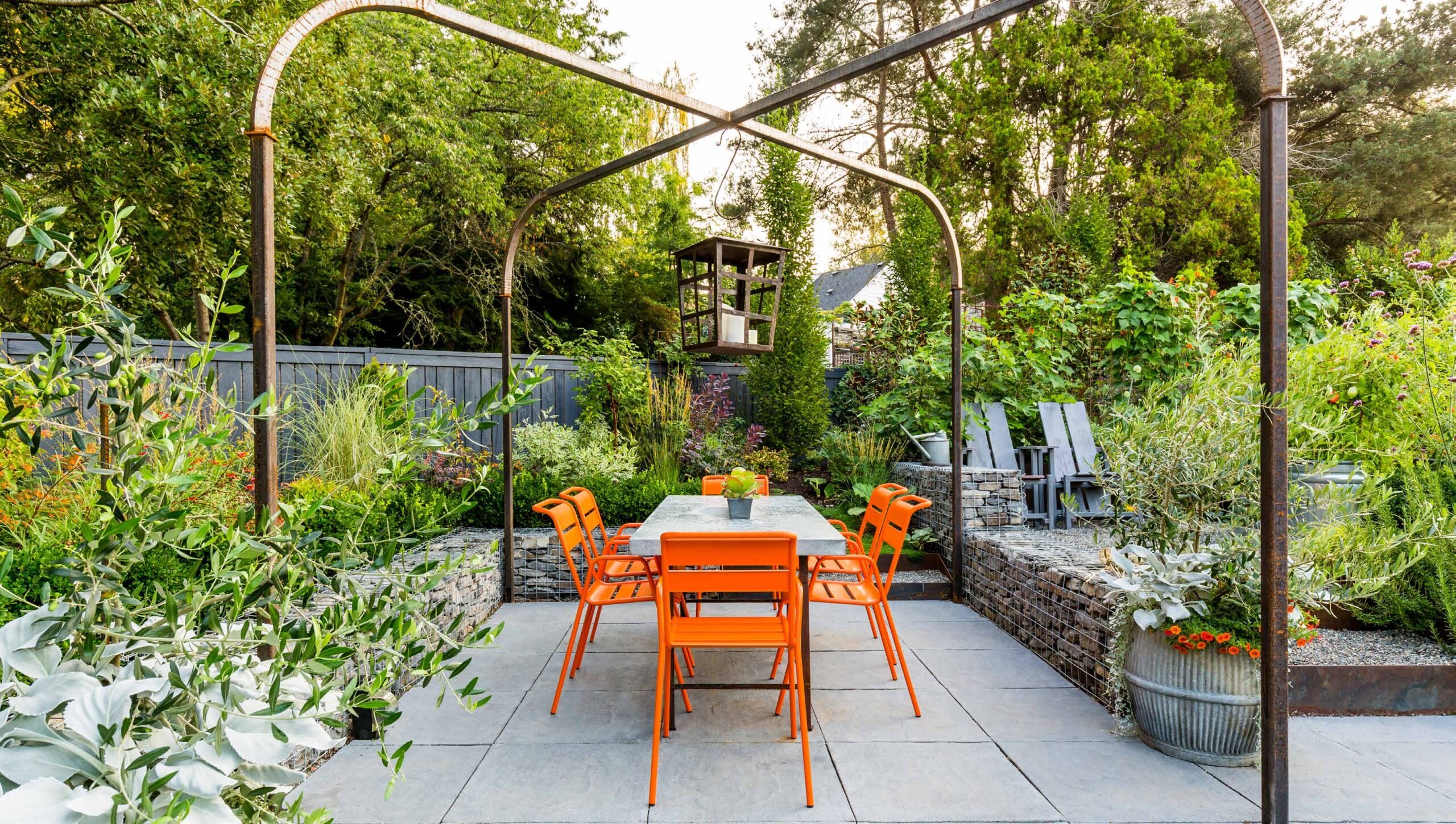
Design Futurist Award Announced: Committee Shares Vision
March 8, 2023 At Pacific Horticulture, we believe that beauty can be defined not only by gorgeous plants and design, but also by how gardens
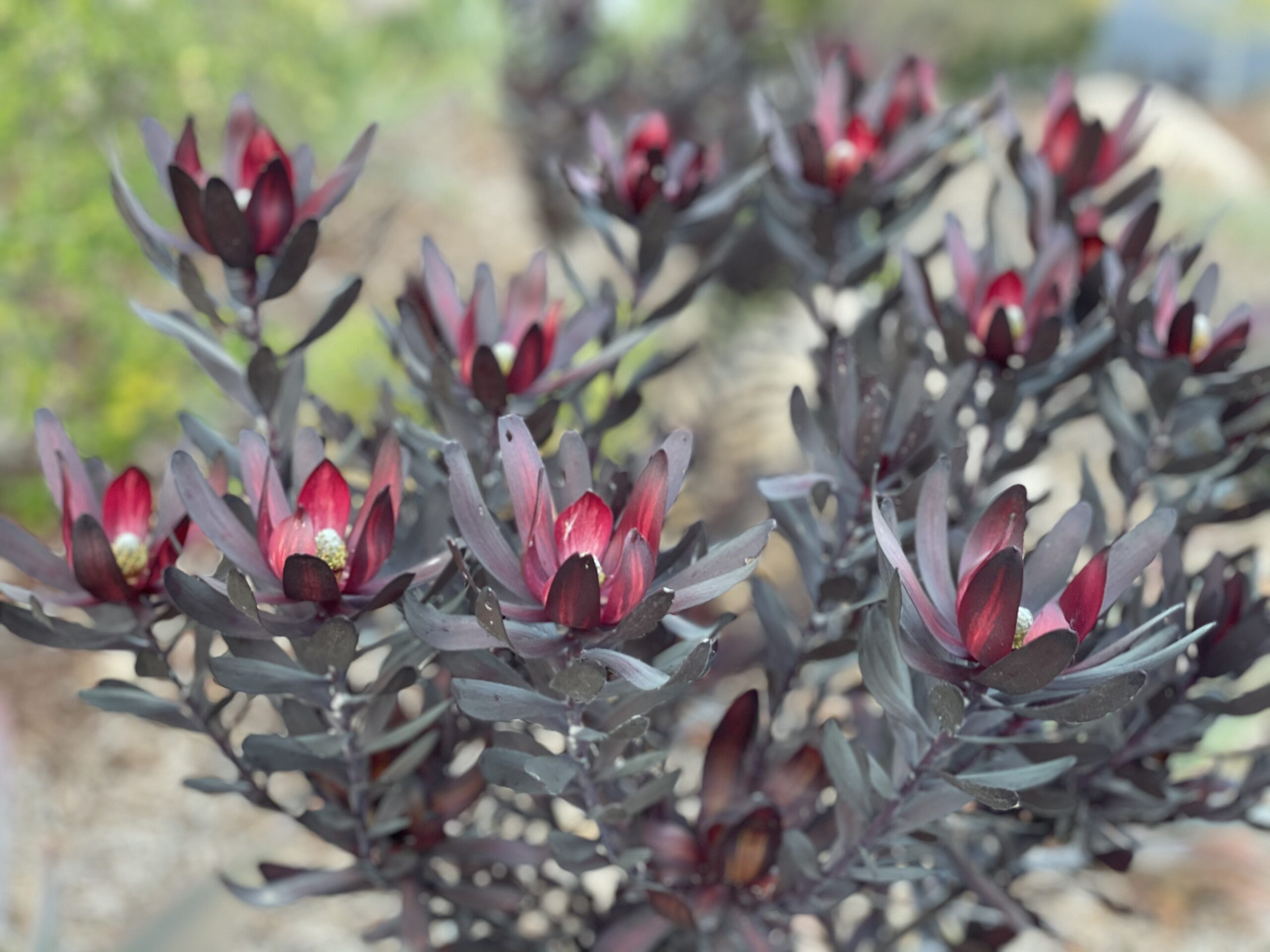
Expand Your Palette: Waterwise Plants for your Landscape
There’s nothing more thrilling to plant lovers than discovering new plants to test in the garden. Here in the southernmost corner of California, we have
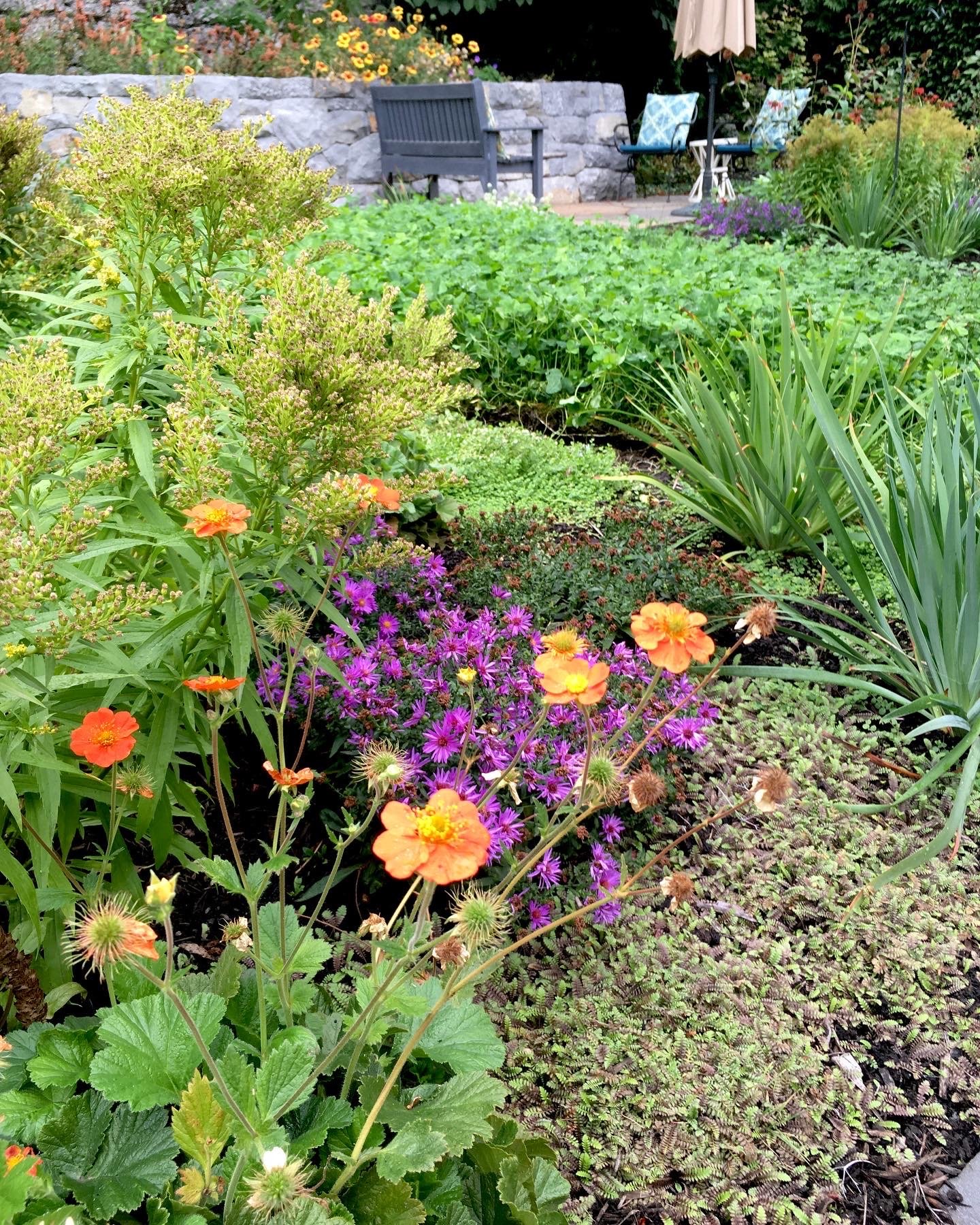
Nature Therapy from the Contemplative Garden
Winter 2022 Women’s hushed morning voices mingled with crashing waves and chattering crows. “The kettle’s still hot.” “Can you pass the honey?” Whoosh, crash, caw,
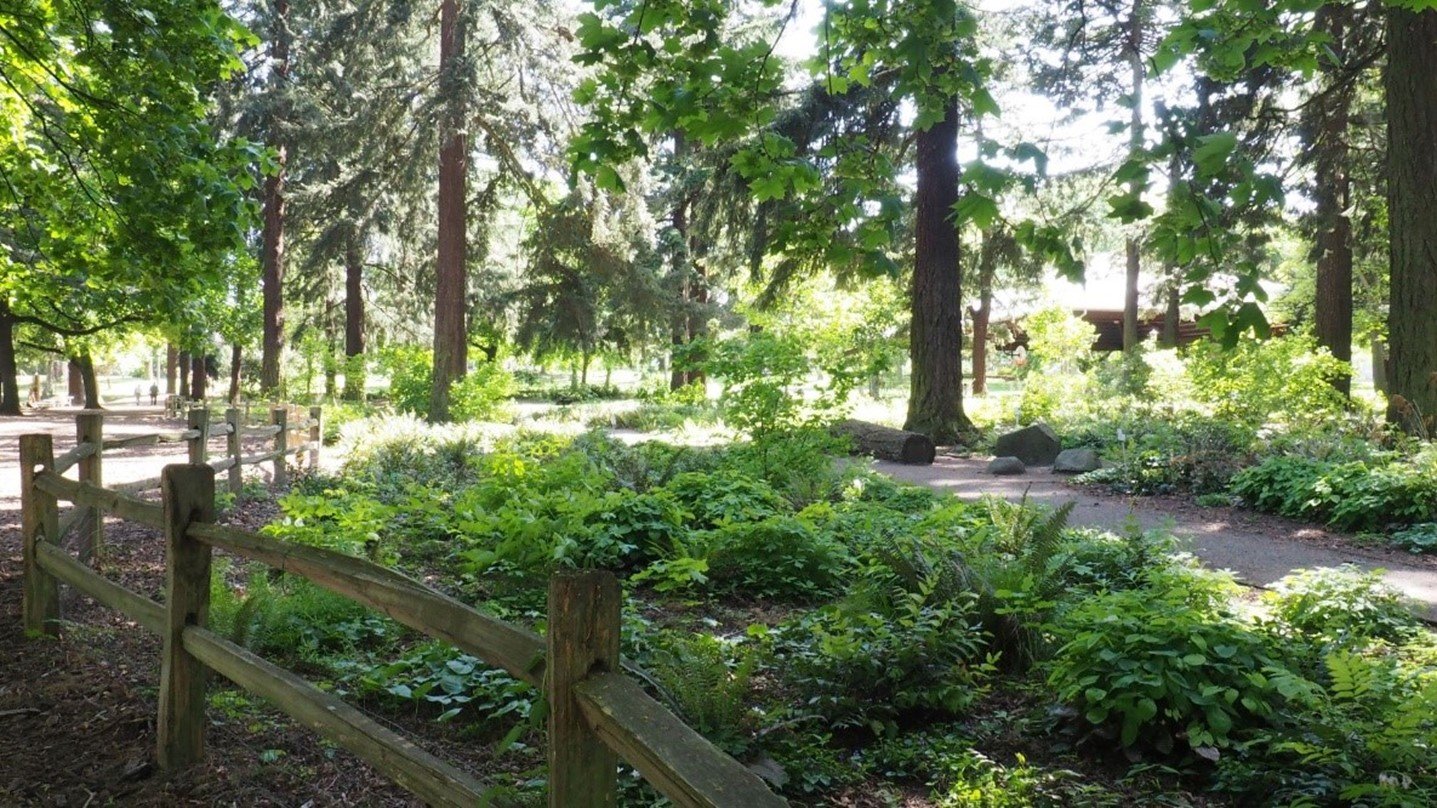
Portland Parks’ “Nature Patches”
Winter 2022 Nature is so beautiful when left to its own devices, yet crisply manicured lawns remain a status symbol. This is true in Portland,






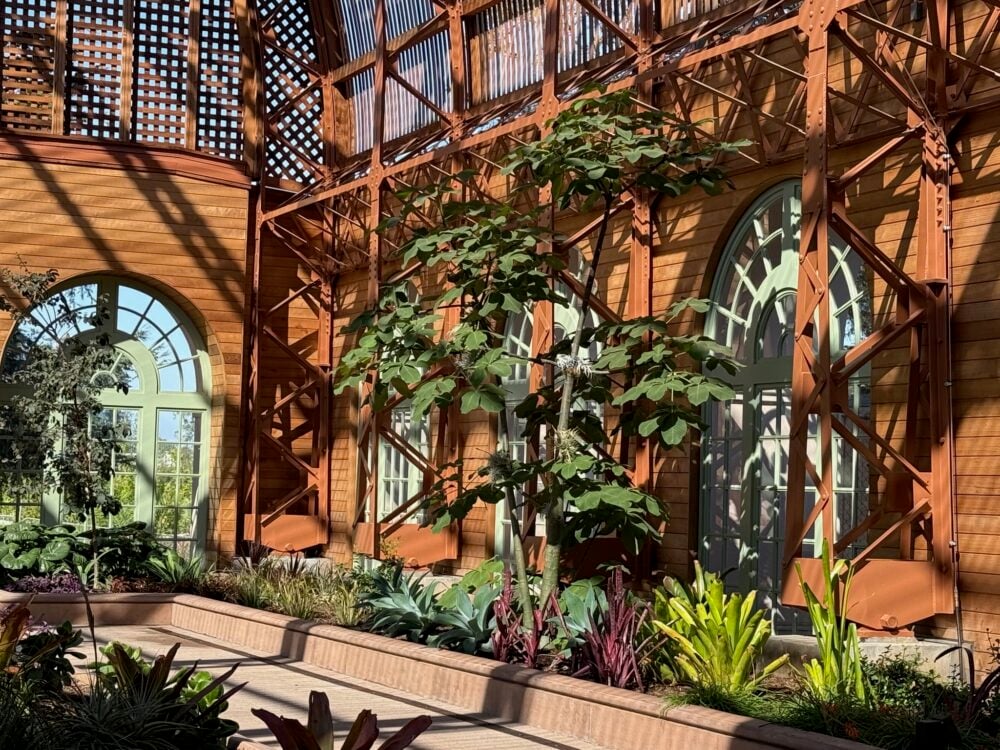
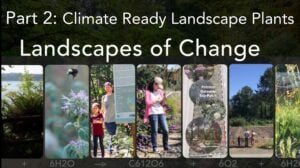

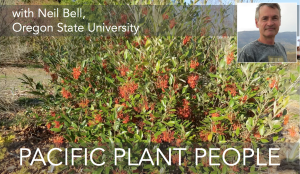
Responses